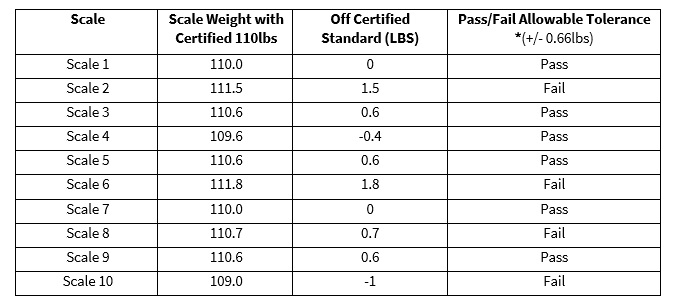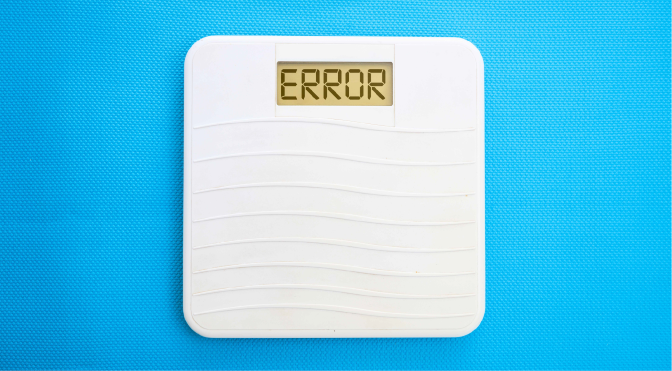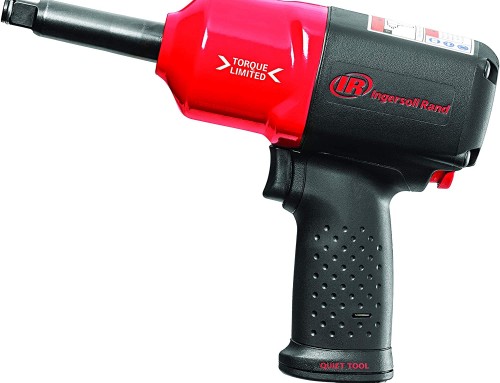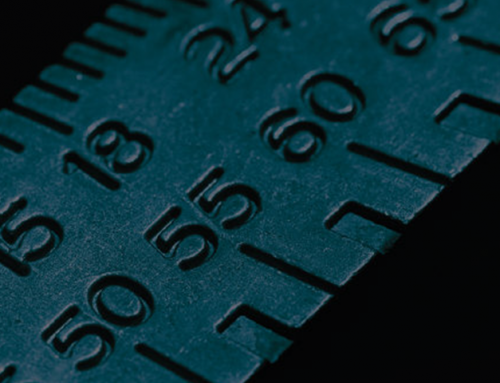Ever doubt the accuracy of your bathroom scale? If the scale hasn’t moved after a week of dieting and exercising, could it be wrong? When we work hard at trying to lose weight, we want results. When the scale doesn’t reflect our efforts, it’s only natural to think that it’s broken and it’s time for a new one.
Of course, a number on a scale is not an indicator of beauty or self-worth but it is nice to have an easy way to measure our progress. Since most of us would like to shed a few pounds, the scale becomes our go-to for progress evaluation.
A few of us at the office were doubting our scale’s accuracy, and because Pylon Electronics is an industry leader in calibration, we thought it would be a fun project to calibrate our personal bathroom scales.
We were surprised at what we found.
Things to know about your scale:
1) Every scale has an allowable tolerance of error. If you’re looking for a new scale and accuracy is extremely important to you, then be sure to research the allowable tolerance of error for the brand you chose. There is no industry standard for bathroom scales and brands do differ on the amount of error that they consider acceptable.
For example, the Renpho Bluetooth Bathroom Scale allows for an error of +/- 0.66lbs up to 110lbs, +/- 0.88lbs from 110lbs to 220lbs, and +/- 1.1lbs from 220lbs to 330lbs. Meaning if you weight 200lbs, then your true weight could be anywhere from 199.2lbs to 200.88lbs, which is pretty darn accurate. Whereas other scale brands may allow for a greater margin of error.
2) The age of your digital scale probably doesn’t affect its accuracy. A BMC Public Health research project, “Accuracy and consistency of weights provided by home bathroom scales” studied the accuracy of 67 scales and found that the age of digital scales did not have a significant effect on its accuracy. So just because your scale is older, it doesn’t necessarily mean you need a new one. It’s probably still functioning just fine unless it was jumped on, dropped, or treated badly.
3) All digital scales are reasonably accurate, no matter what the brand. There’s no need to purchase the most expensive scale on the market if you only want to keep track of your weight. The authors of BMC Public Health Study didn’t note any significant variance in accuracy based on the brand of digital scales.
Of course, the more expensive brands tend to be more accurate and often have additional features (i.e. Bluetooth, body fat measurement, etc.). However, of the 10 scales, we tested in the office the worst reading was only off by 1.8 pounds at 110 lbs, which isn’t a significant amount for the purpose a bathroom scale serves.
Calibrating Our Office Scales:
We had 10 scales in total, ranging from the old spring style to high-end Bluetooth enabled digital scales that measured body fat and muscle mass. We used a level to ensure that all the scales were placed on a flat and hard surface.
Ideally, we would use a wide range of certified weights to record the scales accuracy at various weight intervals. However, all but two of our scales would not allow us to keep adding interval weight. Most digital scales would stop measuring after the initial weight was applied.
Since this was a fun project and we didn’t want to tie up the lab, we decided to use a 110lb certified weight to calibrate all the scales. Then we utilized 6 volunteers, whose weight varied from 150lbs to 240lbs and had them step on all the scales so that we could measure the various weights over this range.
Findings:
We were surprised to find that the most dominant variable in skewing the results of obtaining a proper scale reading was not the make, model, the internal mechanics of the device, or whether the scale was on a level and hard surface. The person using the scale produced the most variance in getting an accurate reading.
We’ll explain.
When the certified 110lb weight was placed on each scale the error ranged from -1lb to +1.8lbs, whereas when we had our verified volunteers’ step on the scales (under the exact same conditions), the error ranged from -3.4lbs to +3.6lbs.
What happened? Why the drastic increase in error?
How we step on the scale matters the most in obtaining an accurate measurement. If you tend to lean, placing more weight one foot over the other for example, you’ll have more variance in your scale readings. We knew the human element was a variable in receiving accurate results, but we were surprised at how much the weight distribution of the person using it skewed results. We realize that other factors may be at play here but the key is still operator error.
If your results vary after stepping on your scale multiple times in a short time frame, it doesn’t necessarily mean the scale is malfunctioning. Based on the test results of our small experiment, it’s also possible your centre of balance and/or leaning in different directions when stepping on the scale will have a big impact on results. Before spending money to purchase a new scale try to be consistent when stepping on the scale while ensuring it’s on a flat and hard surface.
Scale Accuracy Results:
We had a variety of scale models such as Danzee, Thinner, Salter, Ozeri, Taylor, Sunbeam, Weight Watchers, Health-O-Meter, Renpho and Camry. In random order, here’s how the scales performed our test with the 110lbs of certified weight and without the human weight displacement variable:

*Pass/Fail Allowable Tolerance – The BMC Public Health Study cited that the mean error of the digital scales tested was +/- 0.66lbs at the 110lb weight interval. We used that finding as our industry standard for our pass/fail evaluation.
As you can see, the scales varying in age and price all performed reasonably well in measuring accuracy. Even the scales that didn’t meet the mean error of the BMC Public Health Study weren’t off too much, especially given their purpose.
Scale Accuracy Tips:
If you want your scale reading to be as accurate as possible, here are some tips to reduce measurement error.
- Ensure that the scale is level and on a hard surface
- Allow your digital scale to self calibrate. Check the owner’s manual for the proper procedure, but it usually means applying some pressure and wait until you see “0.0” prior to measuring your body weight. Not allowing your scale to self calibrate could mean the scale isn’t truly at “0” when you step on it, which would skew the results.
- Weigh yourself at the same time of day, preferably in the morning before eating or drinking anything.
- Don’t shower or swim immediately before weighing yourself. Our skin absorbs enough water that can skew the results.
The key is consistency. Even if your scale isn’t as accurate as possible, it can still do a good job in tracking your progress if you’re consistent in how your weight yourself. By keeping your scale in the same place and weighing yourself at the same time of day, you can be confident in your accurately recording your progress.
For those who have a keen interest in measurements, it is obvious that the operator/user of the scale can introduce errors in measurement (the term we use in the measurement world is uncertainty). It would be best to minimize those errors as much as possible to obtain consistent and accurate results. The same could be said for all measurements we make at Pylon. Operator error is always a concern and is a contributing factor in measurement uncertainty, but with our trained technicians and using best measurement practices we keep this to an absolute minimum. As Pylon is accredited to the ISO 17025 quality standard for calibration laboratories, our measurement uncertainty is regularly audited. The ISO 17025 standard also requires us to compare our measurement results with other laboratories, this is called proficiency testing but that is a topic for another day.




